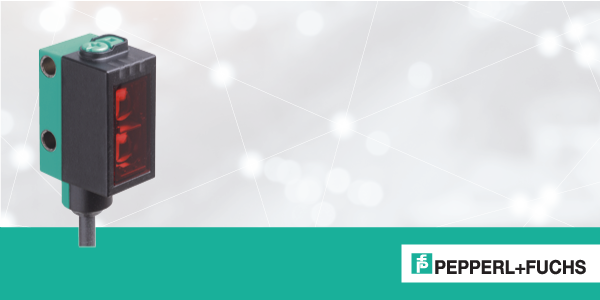What are Triangulation Sensors?
Triangulation lasers or laser displacement sensors utilise a light source, typically a laser, a measured surface and a sensor to form a triangle. Triangulation sensors are typically used to measure the distance to an object quickly and accurately.
Using a laser or LED diode a concentrated light beam is projected on to an object and that light is deflected in all directions by the objects surface. Some of this deflected light is captured by the triangulation sensors receiver and any displacement of the object causes a displacement of the light captured. Displacement of an object can be accurately translated to a distance allowing these sensors to determine the position of both transparent or reflective objects.
High Speed, High Accuracy
Triangulation sensors are used for very accurate distance measurements and have high measurement speeds. Objects are detected independently of their surface structure, brightness and colour, as well as the brightness of the background.
Pepperl + Fuchs are worlds renowned for their outstanding range of sensor products, and their photoelectric triangulation sensor are no exception. These sensors are designed to function in demanding conditions and provide years of service. We take a quick look at the Triangulation Sensor range from Pepperl + Fuchs extensive sensor range that you can buy today from Kempston Controls.
OBT15 and OBT 30 Sensors (BGS)
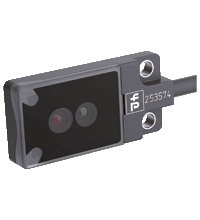
These capable triangulation sensors with background suppression are ideal for standard applications. A unique flat design for direct or bracket mounting, and 15 mm (OBT15) and 30 mm (OBT30) sensing ranges provide precision object detection almost irrespective of the objects colour. A highly visible light spot, even on dark materials, and a high degree of immunity to extraneous light and the ability to detect objects as small as 0.1mm means these sensors are suitable for a wide range of tasks.
OBT300-R1XX Sensors (BGS)
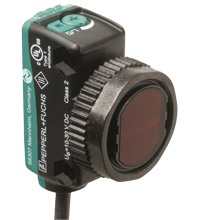
A range of miniature triangulation laser sensors with the best background suppression in its class and offering versatile mounting options. This versatile sensor provides precise object detection regardless of the colour. Operates in an extended temperature range of – 40 to 60 degrees C. Robust, with an IP69K protection rating and a built in IO-Link interface for service and processing data.
OBT350 RXX Sensors (BGS)
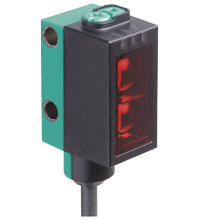
A capable range of miniature triangulation sensor with background suppression and a range of versatile mounting options. These triangulation sensors provide the best background suppression in their class, along with precision object detection, almost irrespective of the colour, and an extended temperature range -40 °C … 60 °C and the high degree of protection provided by IP69K.
OBT600-R2XX Sensors (BGS)
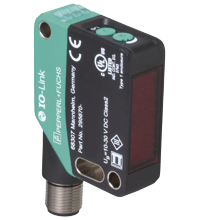
A laser diffuse mode sensor with adjustable background suppression. A medium-sized design with versatile mounting options and a DuraBeam laser sensor. Designed for extended temperature range use in ranges from -40 to 60 degrees centigrade and with the durable protection offered by IP69K and industry 4.0 IO-Link interfacing.
Get in Touch
There is huge range of Triangulation Sensors available from Pepperl + Fuchs and countless other Photoelectric Sensors that are suitable for wide range of process control and automation applications. Contact us today to learn more.
Have you seen these?
Kempston Controls is committed to finding you the ideal solution for your application. Call us today on +44 (0) 1933 411 411, email us at sales@kempstoncontrols.co.uk, or alternatively contact us here, we will be happy to help.
